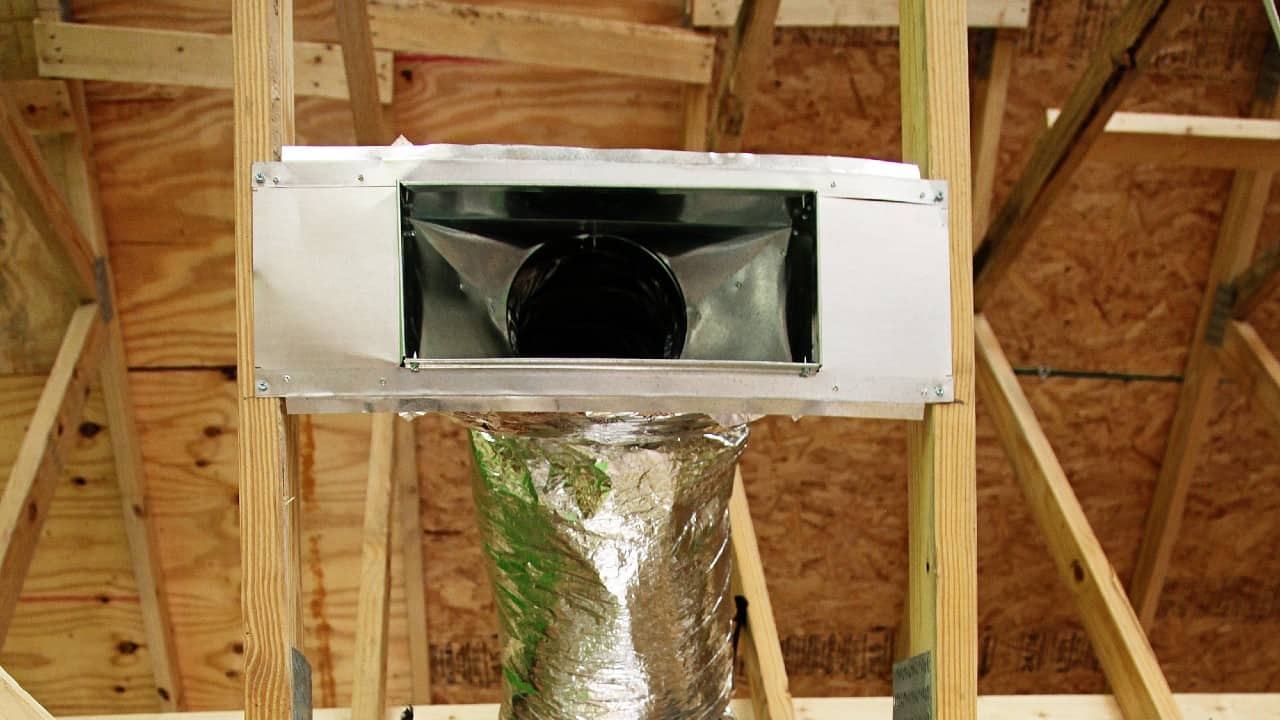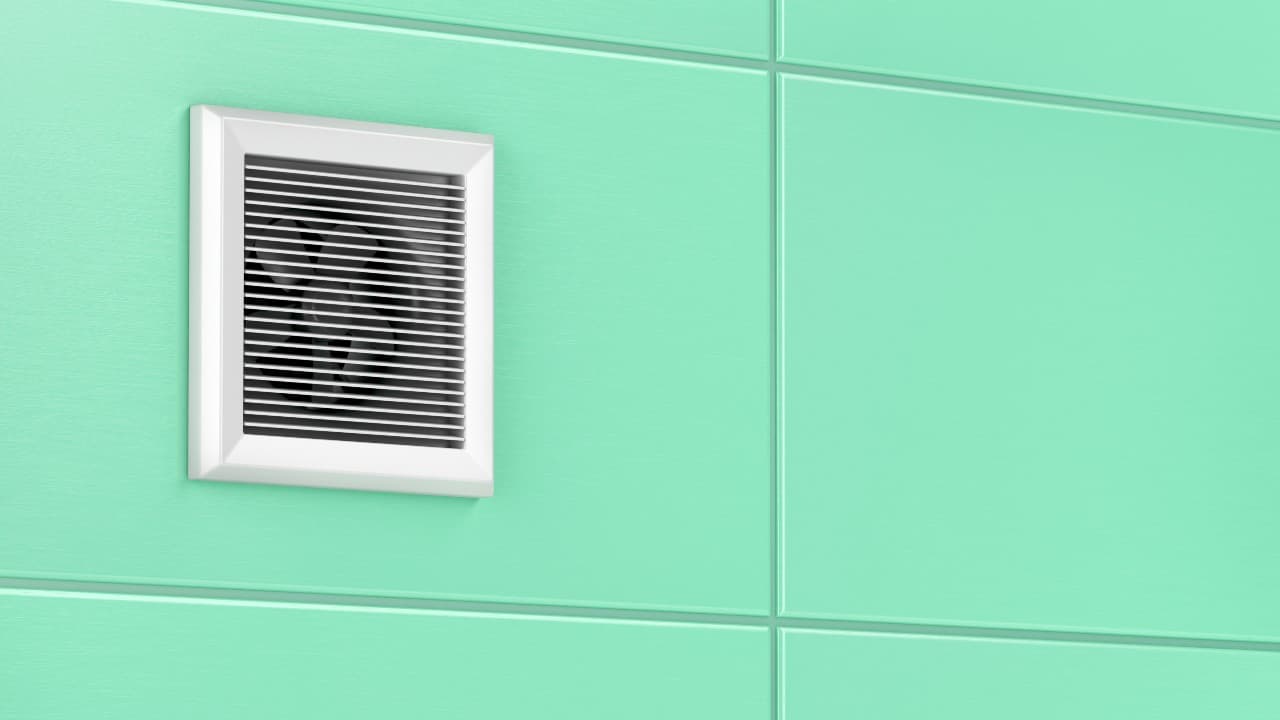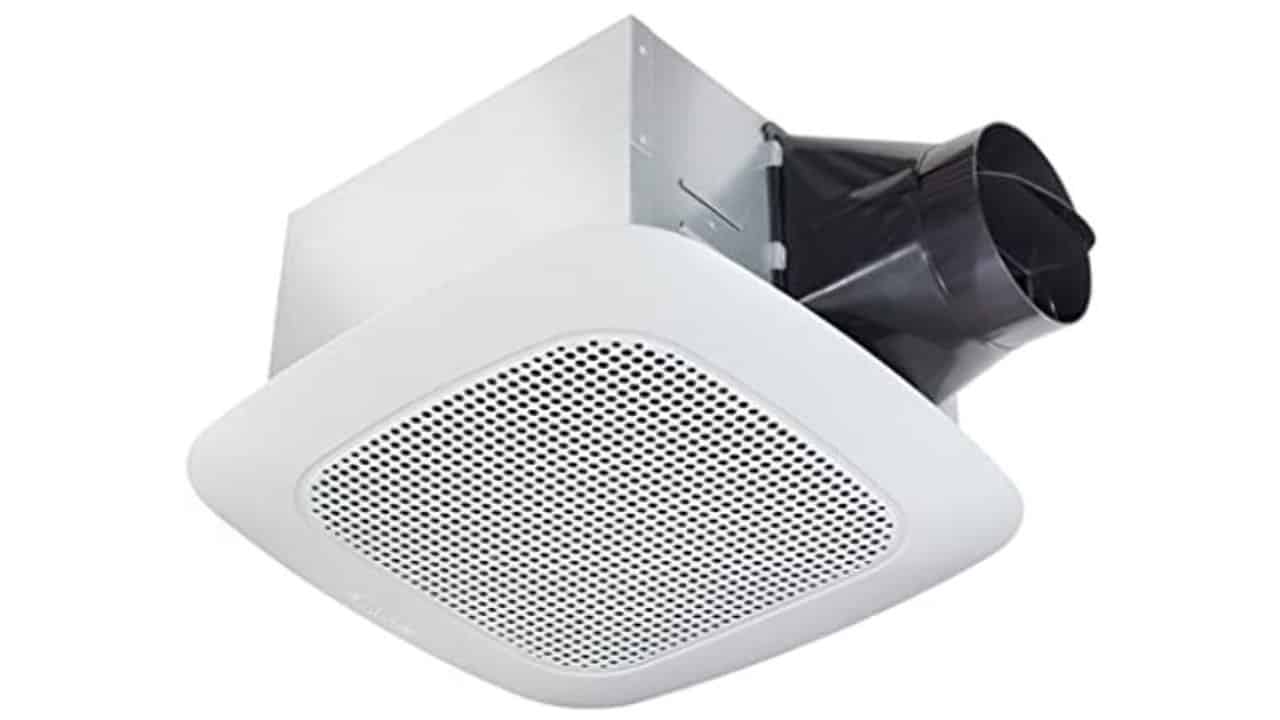If you want to remodel your old place, you might wonder if it is possible to have your bathroom vents discharge directly into the attic.
While venting a bathroom fan into an attic is possible, this is not ideal. Moreover, you should know that this practice is against the code.
The bathroom vents of your home should always be vented to the exterior of your home. Doing so will save you from many problems that might negatively impact the structure of your home and even your health.
The good news is that there are several approaches that you can take when it comes to venting a bathroom fan into an attic properly. Keep reading to learn the best ways to tackle this issue.
Contents
Why You Shouldn’t Just Vent a Bathroom Fan Into Your Attic
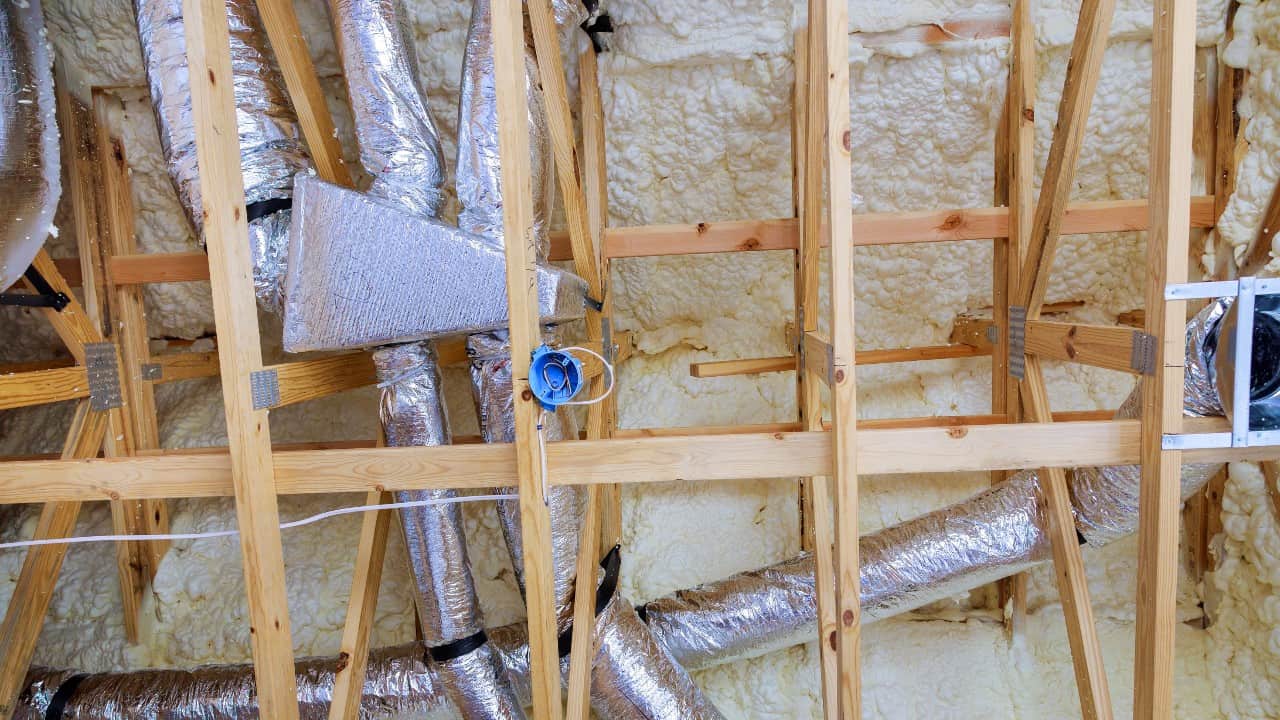
Builders commonly vented bathroom fans directly into the attic a few decades ago. But as time has passed, many unwanted consequences of this practice have become more evident.
Having a setup like this in your home is bad for your home’s air quality and energy efficiency in the short run. In the long run, it can damage the structural integrity of your home and even cause some severe health issues for the people living inside it.
You should never have your bathroom fan exhaust vent directly into the attic. The main reason is that your attic is not a temperature-controlled environment. This means that the temperature in your attic will rarely be the same as it is inside your home.
Therefore, in colder weather, the vented air will mix with the freezing attic air, which will cause condensation. It doesn’t even have to be freezing cold outside for this to happen – all it takes is that the temperature is cool enough to fall below the dewpoint.
After condensation, mold will follow. The accumulation of water droplets on drywall, roof rafters, and ceiling joints can even cause your attic space to rot, eventually leading to some severe structural problems.
The entire roof of your home might collapse just due to excess water caused by improperly managed bathroom ventilation. It is a rare occurrence, but why risk it.
Also, if there are any contaminants in your home, the humid air caused by condensation can be the ideal breeding ground for them and help them spread easier throughout your house.
However, all of this doesn’t mean that you do not have any options at your disposal. In fact, there are several ways to ensure that you have proper ventilation in your bathroom and home as a whole.
As for energy efficiency, the air coming out from your bathroom will be warmer than the air in the rest of your home. So to keep the indoor temperature at an acceptable level, your AC unit will have to work harder, resulting in a higher energy bill.
You can achieve proper ventilation by installing a capped vent at the side of your home or installing a roof vent. Do not let the air from the bathroom go through the soffit vent in your attic or let it out through the ridge vent. These options come with their own set of problems—more on that below.
Check out this post if you are still wondering, what do bathroom fans do exactly?
Other Bathroom Venting Options To Avoid
Soffit Vents
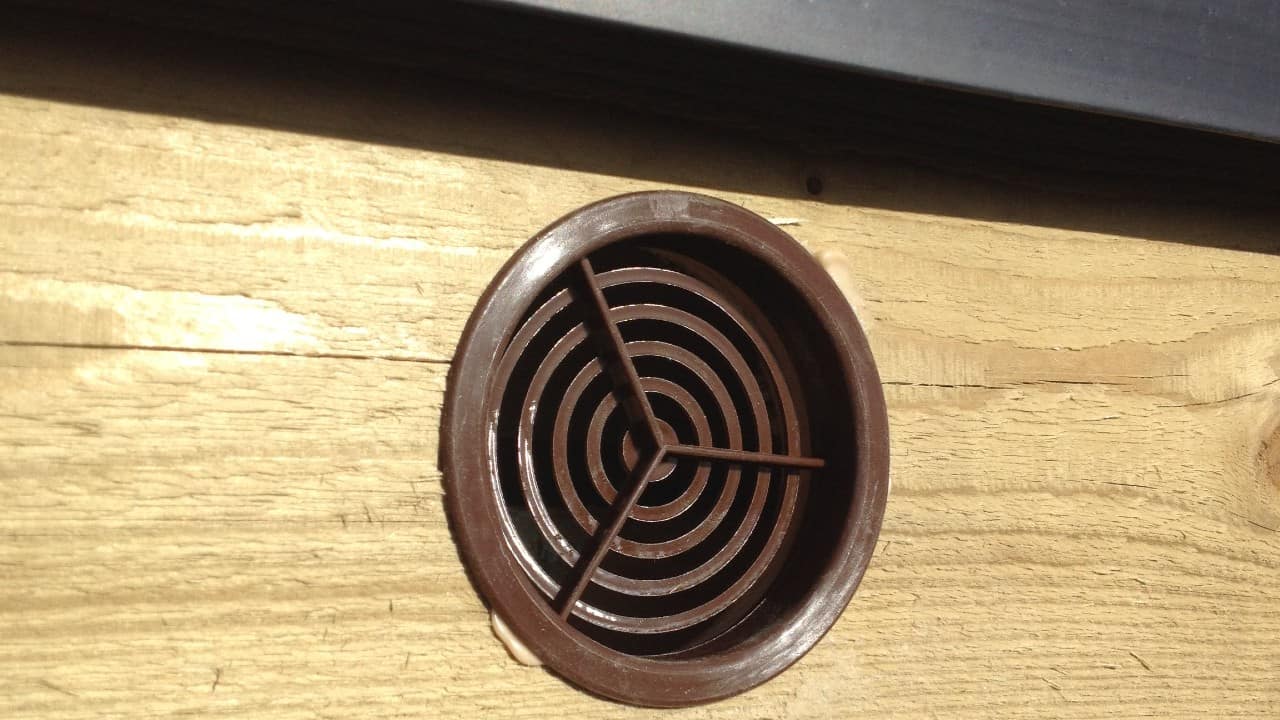
Some people connect their bathroom exhaust vents to the soffit vents. This bathroom venting option eliminates the need to mess around with the roof and the risks that come with it. However, this is an option that you should avoid if possible.
If you connect your vent your bathroom through a soffit, it might disrupt the airflow of the venting system overall.
This system works because of a suction effect caused by the warmer attic air, which moves upwards because it is lighter than the colder air outside. When you introduce the warmer bathroom air into the mix, the entire thing will be off-balance, and soffit vents will become useless.
Ridge Vents
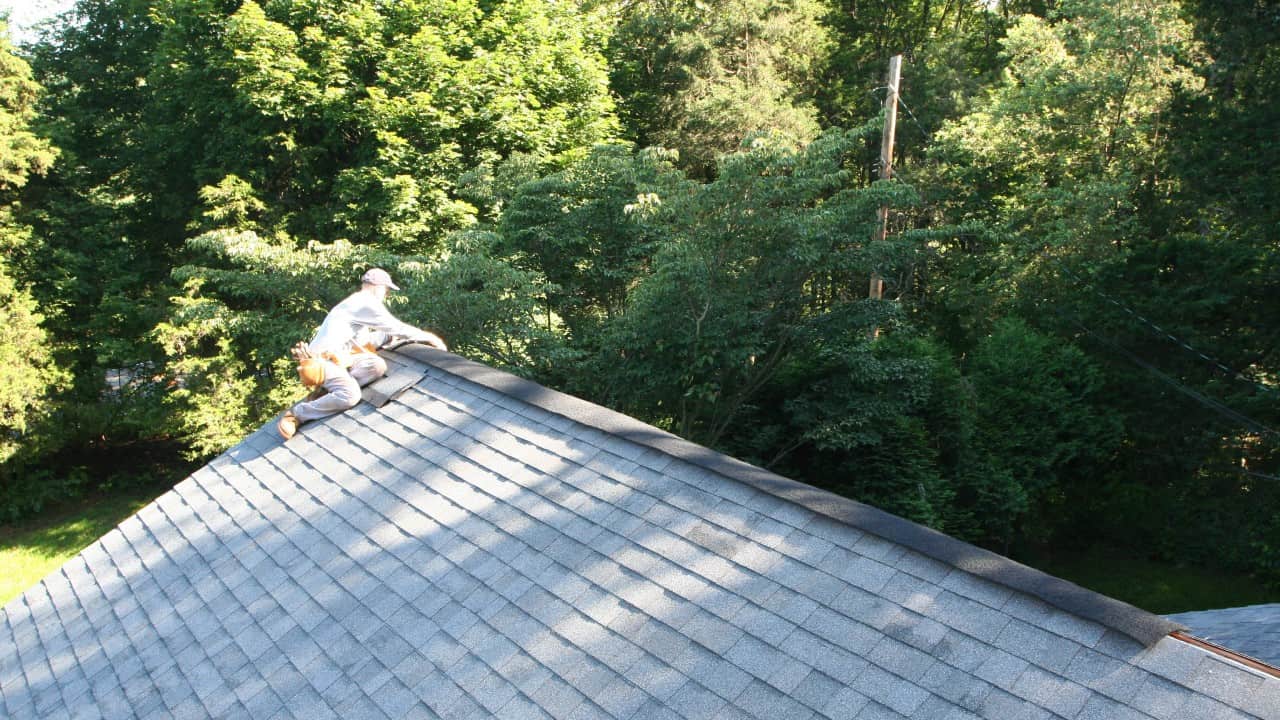
Photo by Brian Robinson via Flickr (CC BY 2.0)
A slightly better option is to have the bathroom vent vented just below the ridge vent. However, this approach can cause almost the same set of problems as having your vent connected directly to the soffit vent does.
Besides, since the bathroom air is going out a few inches below the ridge vent, not all will go outside. Instead, some of it will slide to the walls of your home, which can lead to mold growth and wood damage.
There are only a few places in the world where these solutions are acceptable. If you live in a hot and humid climate where mold and water damage are nearly unavoidable, you can try one of the two options listed above, and you might be able to get away with them for a while.
Even then, you will be going against the code, and a home inspector is obligated to write you up for doing so.
Plumbing Vents
Never vent your bathroom fan into a plumbing vent. You put yourself at serious risk of venting sewer gases into your home. These don’t only smell bad – they are also potentially explosive, not to mention unhealthy.
On top of it all, a plumbing vent is typically too narrow to vent a bathroom fan properly. Lint and dust pushed by your exhaust fan can accumulate and block your vent pipe. In the end, it might completely block your plumbing vent and stop both the drainage and ventilation.
What You Should Do
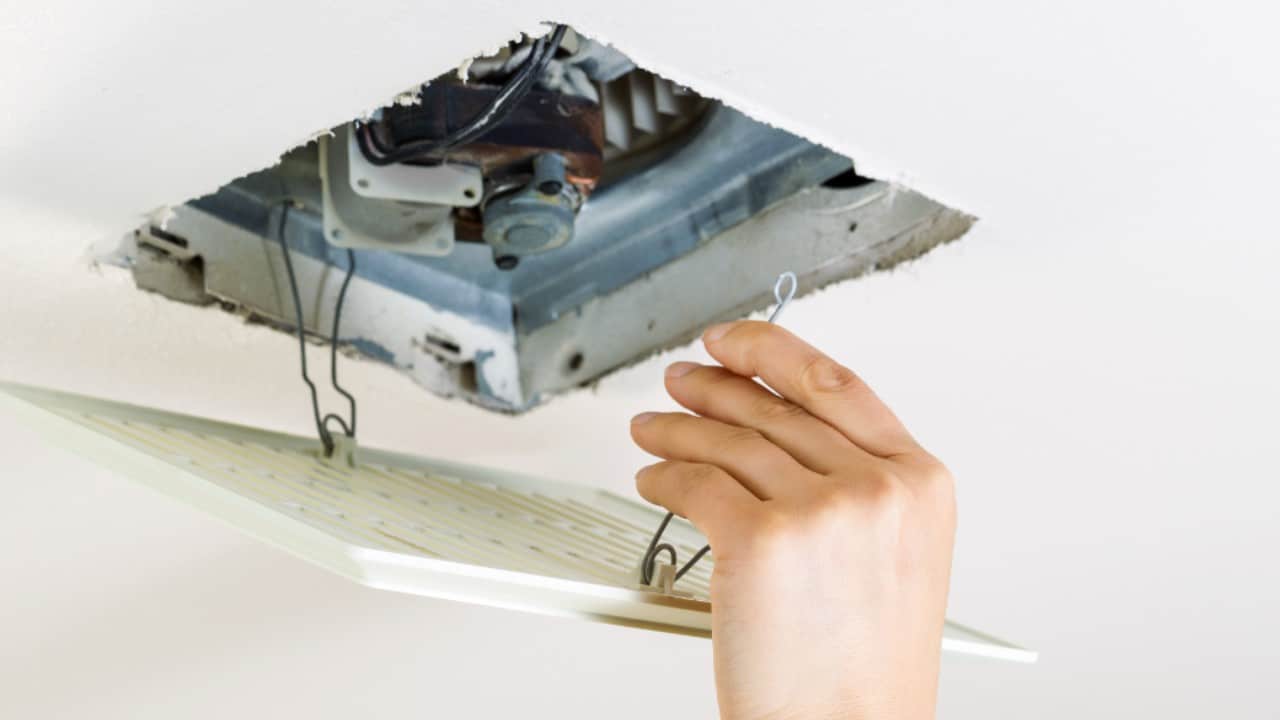
The only way to properly vent your bathroom is to discharge the humid bathroom air through a hole in your roof. This is quite tricky to do if you are not a professional as it comes with its own set of risks. Namely, you have to make a hole in your roof and flash it properly, so it doesn’t leak.
Besides, you need to ensure that your bathroom vent is adequately insulated. Otherwise, you are once again at risk of condensation forming and water droplets falling from your vent and causing damage.
Because of this same issue, you will want to avoid U-shaped bends in the duct. These can promote condensation on the inside of the vent to drop and drop to the lower points in the vent.
Instead, you want your vent to be as straight as possible. All you have to do is wrap your vent in fiberglass insulation to stop the unwanted condensation from happening.
Finally, if you want to be completely safe from the water, you will want to install a specialized roof cover that will stop the rainwater from falling down your vent and doing unwanted harm to your house.
Your other option is to terminate the bathroom vent to the gable wall. Either way, you will want to have a vent hood cover installed. It will open when the bathroom air comes out and stay closed otherwise.
The flap on the surface will also prevent birds from nesting on the top of your bathroom vent. Unfortunately, this happens more frequently than you might think and can seriously hamper the effectiveness of a bathroom exhaust fan.
What To Look For When Picking a Bathroom Fan
When it comes to selecting the perfect bath fan for your bathroom, there are three things for you to consider – its performance, noise levels, and capacity.
A fan’s air movement capacity is measured in cubic feet per minute or CFM. In general, you will need one CFM for every square foot of your bathroom. However, even if your bathroom is less than 50 cubic feet, you will want to get a fan with a capacity of 50 CFM.
For a bathroom between 50 and 100 square feet, apply the formula listed above and get a fan that matches your space – one CFM for every square foot.
If your bathroom takes up more than one hundred square feet in volume, the calculation will be a bit more complicated. Check out this post if you are wondering how many CFM your bathroom fan should have.
Different appliances have different demands – you should add 50 CFM for your toilet, shower, and bathtub, while your jacuzzi or jetted tub demand 100 CFM of capacity.
Keep in mind that these are minimal numbers and that you can’t do wrong if you choose a more powerful fan.
The noise your bathroom fan makes is measured in sones. This same rating system is used to measure all the other noise levels of your home appliances, such as your dishwasher or your fridge.
Unlike decibels which are also used to measure noise levels, sones are linear. This means that two sones are twice as loud as one sone and so on. So one sone of noise is roughly equivalent to the noise a refrigerator makes while it is running.
Bathroom Fan Sones
The quietest possible bathroom fan makes 0.3 sones of noise. Everything under one sone is considered high performance. Two sones are about as loud as a busy office. Three sones equal the level of noise created by a face-to-face conversation.
Most people listen to their TV at the noise level of four sones while five sones are about as loud as a busy restaurant. Finally, six sones are about as loud as a sporting event.
It goes without saying that you want your fan to be as powerful as possible while making as little noise as it possibly can.
You will generally want a bathroom fan with two sones or less noise level. If you get a fan that makes more noise, you are at the risk of no one wanting to use it, no matter how powerful it is. Once again, this might lead to problems with moisture, mold, and rot issues.
One more word of advice – if you have an old fan that is not making too much noise or none at all, it might be broken. Take a small piece of toilet paper close to it and see if it moves. If it does, you are in luck as your fan is still running. Otherwise, it is broken. Check out this post on bathroom fan sones for more information.
Other Things to Consider
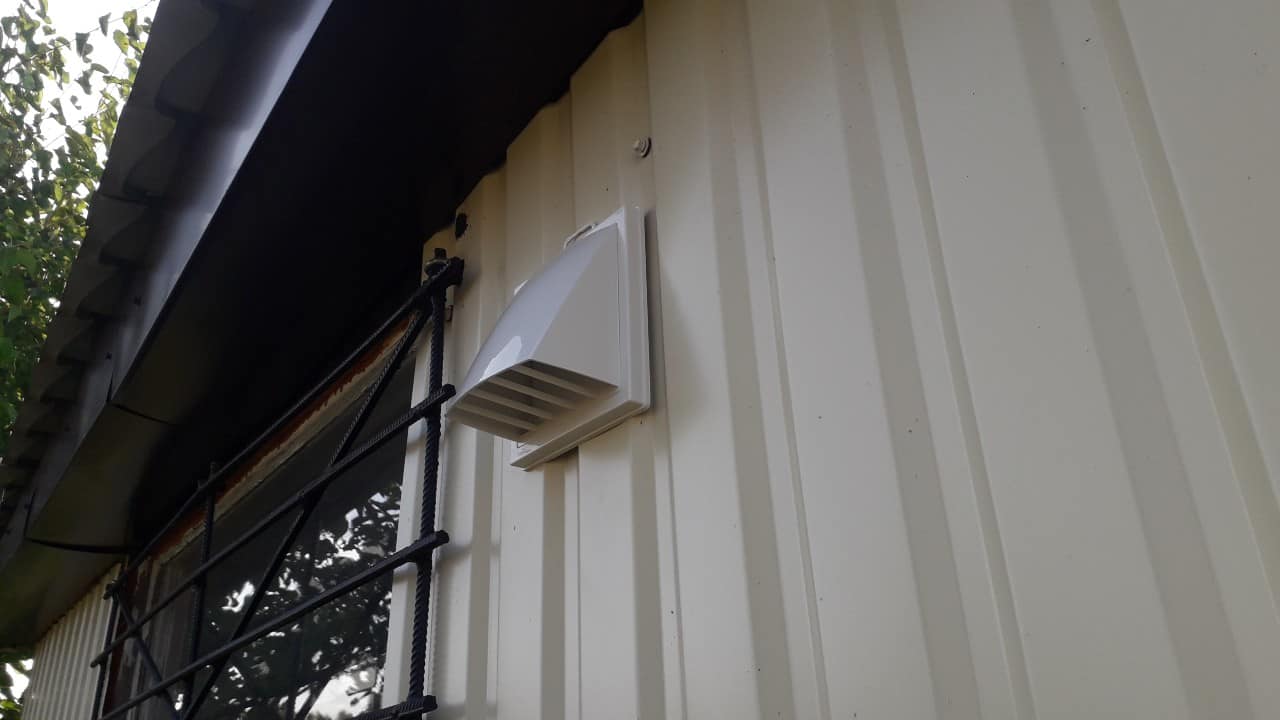
An enclosed standalone toilet must have a separate exhaust vent.
Ideally, you should position your vents directly above your shower or bathtub or at least close to them. You will want to capture all the moisture and get rid of it as soon as possible.
Your bathroom door should have a clearance of ¾ of an inch to allow for proper airflow.
Every little thing that reduces moisture in your bathroom matters. Ideally, you will want moisture levels below fifty percent.
As a result, you will have much less mildew on your grout, walls, and ceiling. This means fewer opportunities for mold spores to develop and endanger your respiratory health, not to mention other air pollutants that can negatively affect your overall health.
Check out our guide on how to insulate bathroom exhaust fan ducts as well.
